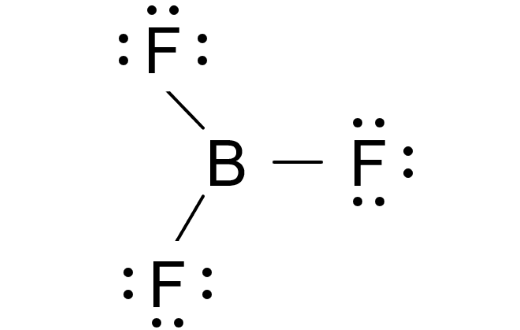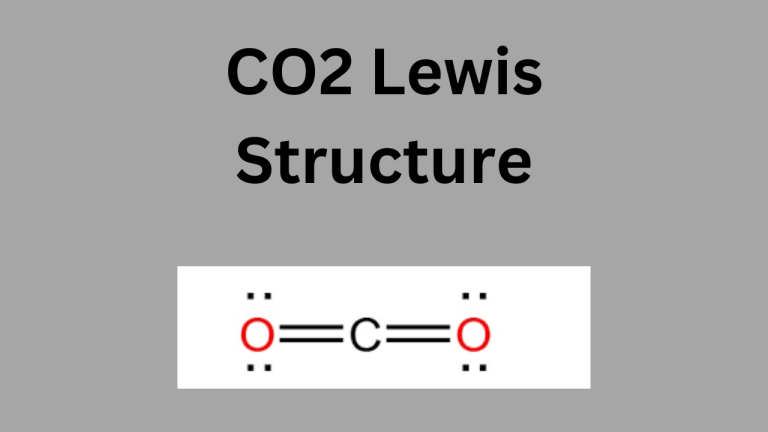BF3 Lewis Structure
If you’re studying chemistry or just curious about how molecules are structured, understanding the Lewis structure of BF3 (boron trifluoride) can feel a bit tricky at first. Don’t worry—I’m here to walk you through the process step by step so you can confidently tackle this topic. By the end of this guide, you’ll not only…


